Moving into 7 Generations of Farming in the Corn Belt
In one of the world’s largest corn planter markets, HORSCH Maestro rises above the competition.
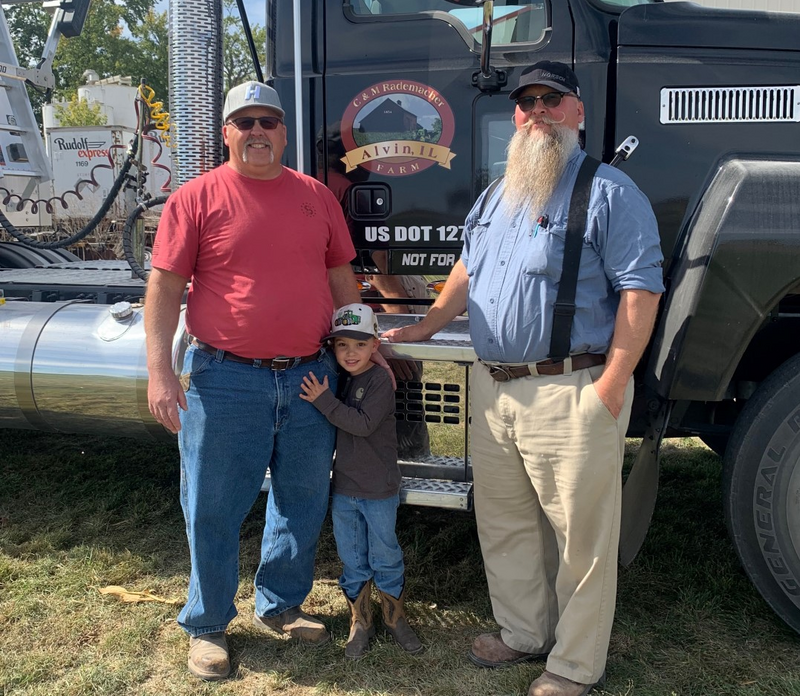
Now nestled in east central Illinois, Charlie and Matt Rademacher continue a family farming legacy that spans back to 1854 when their ancestors immigrated to the US from Germany.
Being 5th generation farmers, they started their farming career by Joliet, Illinois, which is on the edge of Chicago. By 1990’s the brothers were experiencing many changes in their home area. Urbanization started taking farmland away, more population meant more neighbors and more traffic, and the once heavily agriculturally based area was in transition to become urban and industrial. In 1999 the decision was made to move the farm further south to Alvin, Illinois, where they are based today. With the move they have been able to increase their farm size from before and are excited as their passion for farming is now moving into the 7th generation.
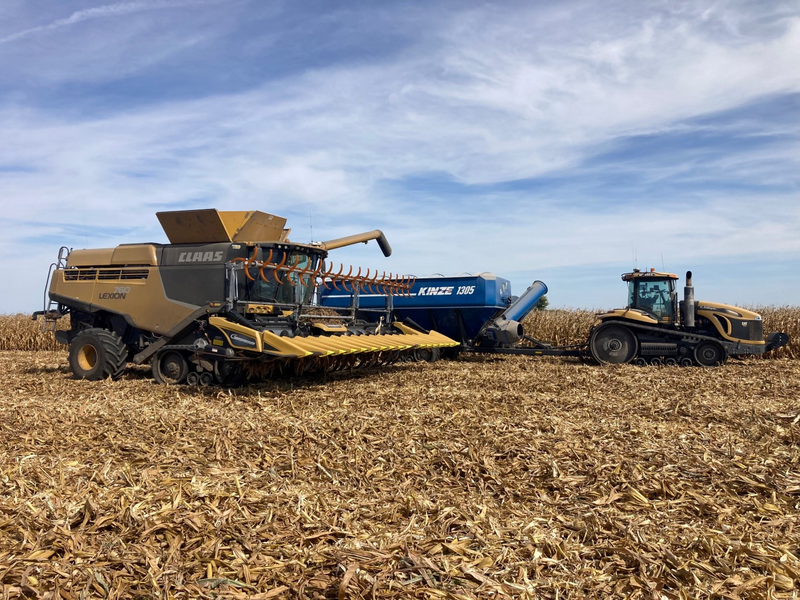
Illinois is located within the central US in a region known as the Corn Belt. Each year, this region grows over one third of the global corn and soybean production not only for domestic consumption, but also export. Illinois sits as one of the top producing states in the US for both corn and soybeans. For generations the primary crop rotation has consisted of row crops with some cereal grains and specialty crops in certain regions. With total land area of 180 million acres (72,850,000 hectares) planted with corn and soybeans in the US, Illinois today accounts for over 12% of the nation’s total acres of both crops. As an example of corn production in the state, Illinois in 2021 produced 4.8% of the total global corn production with 2.19 billion bushels (56 million metric tons).
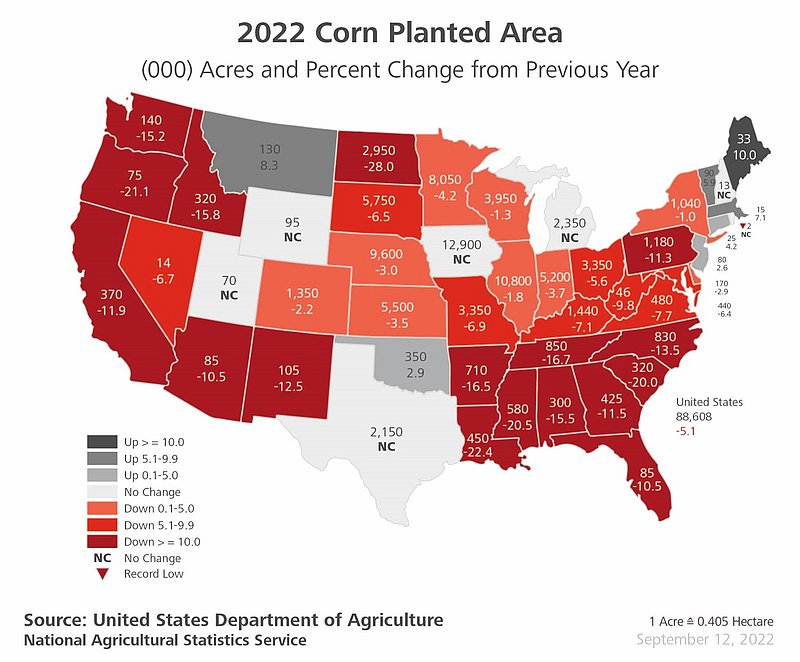
Prior to first purchasing a HORSCH Maestro SV 3620 back in 2021, the Rademachers had been watching the HORSCH planting technology. “We were looking for a versatile planter that would perform well in our variety of no-till and conventional tilled soils”, explains Charlie. “Our farm has many different soil types that we manage differently. With some of our land being heavier clay in no-till that requires more row unit down pressure and then on to our tilled soils that we can plant faster on, we needed a planter that would not only have precise seed placement but also could increase our productivity over our entire farm”. And with increasing productivity, not only were they looking at seed and liquid fertilizer capacity, but also speed. “We had looked at all makes of planters, especially the higher speed planters. All of them were promoting some mechanical means of carrying seed from the seed disc to the furrow. Belts. Brushes. But with these planters we found limitations. Minimum speed for accuracy. We can’t plant at high speed in our no-till fields due to moving residue and our soil conditions. And for us, these systems would not work on all our farm ground”, explains Charlie.
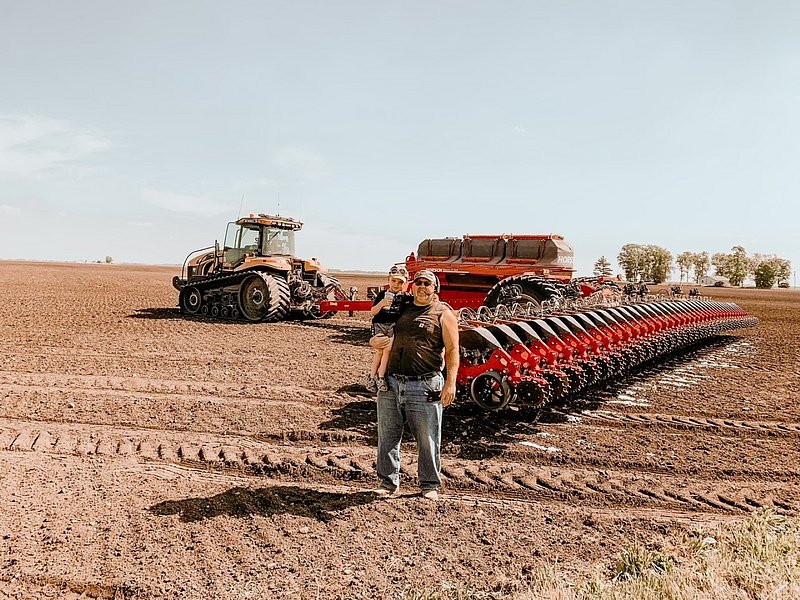
So why the need for higher speeds along with increased seed and fertilizer capacity? Productivity and maximizing daily planted acres are huge topics now in many regions of the US. Over the past 25-30 years nearly every cropping area of the country has experience changes in climate patterns. “Back in the 1970’s into the 1990’s we could start field work almost always in March. With our current climate patterns here in the Corn Belt, we have more springs that get delayed due to wet conditions from heavy rains. Our window might be only 2-3 days at a time to do any field work, whether tillage, spraying, and planting. One day this season, I planted one farm that’s 560 acres (220 hectares) by myself, including back and forth with filling seed and liquid fertilizer. That we could’ve never done before with previous planters,” relates Charlie. “The issue we have today in our conventional tilled ground, the planter covers acres faster than I can keep up with seedbed prep,” laughs Matt. “We are having wetter springs with narrow opportunity to plant. You must invest in quick, efficient, and precise technology to maximize those narrow chances to plant. Securing yield is all about timing” both discussed.
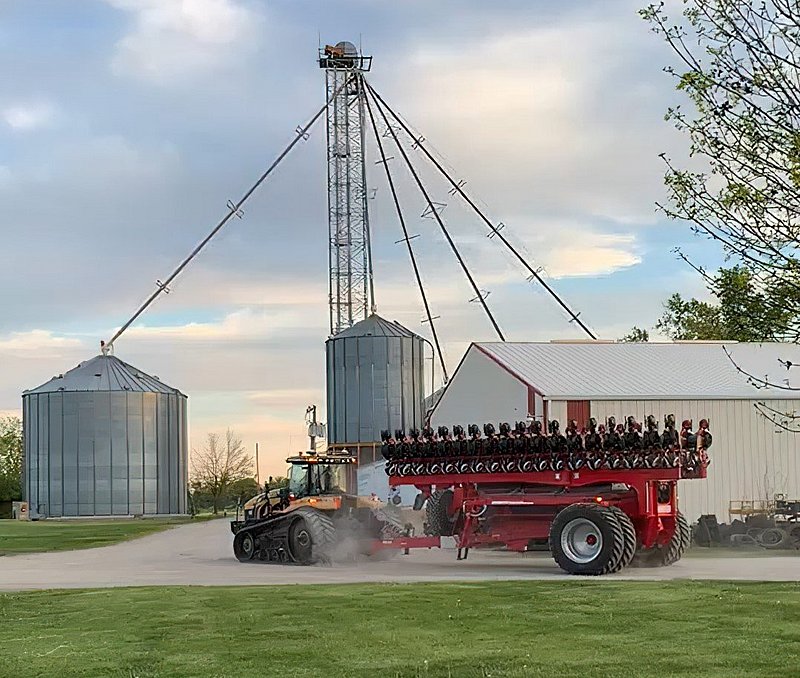
The Rademacher farm has evolved their farming techniques as each generation has moved the operation forward. Back in the 1970’s, all the land was tilled and the optimum seed row spacing was 38” (96.5cm). Today the farm is a mix of no-till and conventional till techniques, depending on the soil type and topography. Traditional row spacing today has been primarily 30” (76cm) in the Corn Belt, but the brothers take a different approach. “Today our corn and soybeans are all on 20” (50cm) rows. It works very well for both crops. With our Maestro and our ISOBUS monitor, we variable rate our seed populations. With narrow row corn, in our best soils, we push 46,000 seeds per acre (113,600 seeds per hectare) and in sandy soils we go as low as 28,000. We could not do this with 30” rows. And with soybeans, we are going the other way by dropping population. Today we plant 120,000 seeds per acre, down from 130-160,000 traditionally. With the proper genetic varieties, this gains us yield plus decreases seed costs”, Matt says.

Variable seed and fertilizer rate application has been practiced in the US now for a generation. As the technology started in the 1990’s into 2000’s many farmers looked to variable rate technology to push maximum yield. Then with more experience the focus shifted to controlling seed and fertility costs. In corn, the brothers vary seed population rate based on soil type. Each soil type has a maximum yield potential. Higher populations on their sandy soils can produce weaker stalks, resulting in crop loss from stalks falling due to wind. These stresses also create inconsistent corn ear size. With that in mind, the brothers focus on planting populations to maximize consistent ear size. “When your combine is set to thresh larger ears and then you send in small ears, combine loss increases. Our aim is to keep our crop as consistent as possible to maximize what we gather at harvest,” Charlie explains. He adds that “we secure more harvestable yield from maintaining stronger stalks along with uniform ear size which gives us more uniform threshing.”
Compared to other planters on the market, the brothers find the Maestro with the AirVac metering system very easy to use. Previously they had used a planter retrofitted with aftermarket meters and components. “The Maestro SV for us has been a very easy planter to learn and use. Changing crop configurations is easy. Setup is easy. It’s a very clean design,” Matt discusses. He also talks about service on the MTS system. “At times we get some foreign material into the seed hopper by accident. The system is super easy to clean. Easy seed shut off and easy to disconnect hoses underneath the seed tank. Previously, with other planters, cleaning out a hose could take up to 2 hours. Now, within 15-20 minutes we are back to planting.”
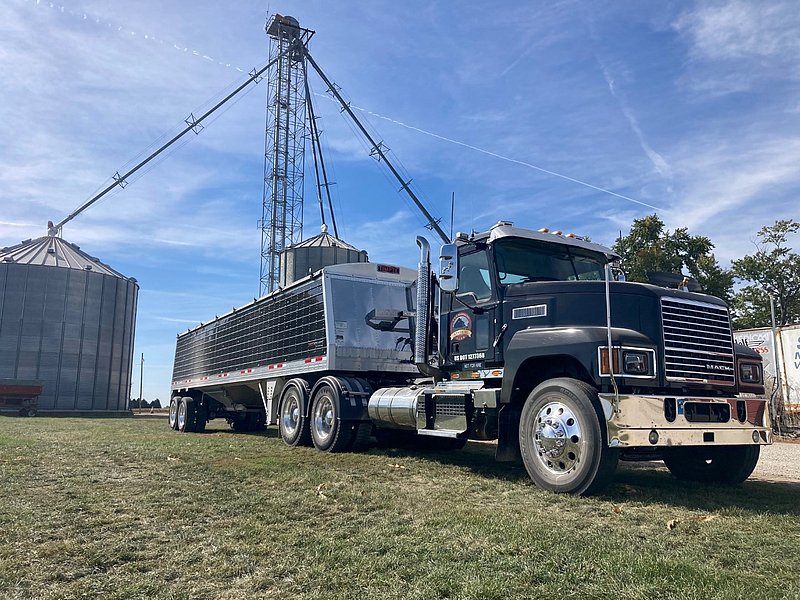
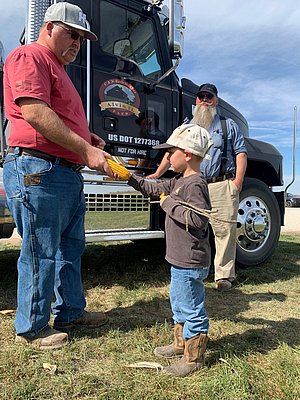
Maneuverability is a key point on the Maestro. “The big tires on our Maestro give us advantages over previous planters we’ve had. For sure easier to transport. The machine is more stable and one big point is the row units are up and not close to the ground,” says Charlie. “Also, with the weight transfer along with the bigger tires, we have no issues with yield loss from compaction in pinch rows. Combined with our track tractors, there are no yield losses that we have seen with the Maestro,” he continues. Floatation and light footprint are a focus point for maintain soil structures on the farm. Beyond the tire and weight transfer technology on the Maestro, the brothers use track systems on harvesting equipment and on their tractors. Matt adds, “Storage is even easier with the Maestro. Often, we take our planting rig to our storage shed if we get rain. Being a shorter wheelbase than our previous planter, we can quickly get it completely into our shed without having any issues.”
One interesting adaption that the brothers have made to their Maestro SV is an aftermarket system for injection of liquid insecticide into the furrow. “Even with the GMO traits in our corn genetics, in our part of the world, we are now fighting resistances with soil bugs,” Matt discusses. In many regions soil insects are beginning to find resistance to the genetics of the crop.
The Maestro product line continues expanding into many cropping regions of the US. Whether it be in row crop or even specialty crops such as canola, customers give the same story of their Maestro experience. Unlike other planters on the market here in the US, Maestro offers three main advantages…capacity to maximize planted acres per day, superior chassis, toolbar, row unit, and metering technology for precise seed placement, and industry leading design that place each seed in a uniform soil structure.